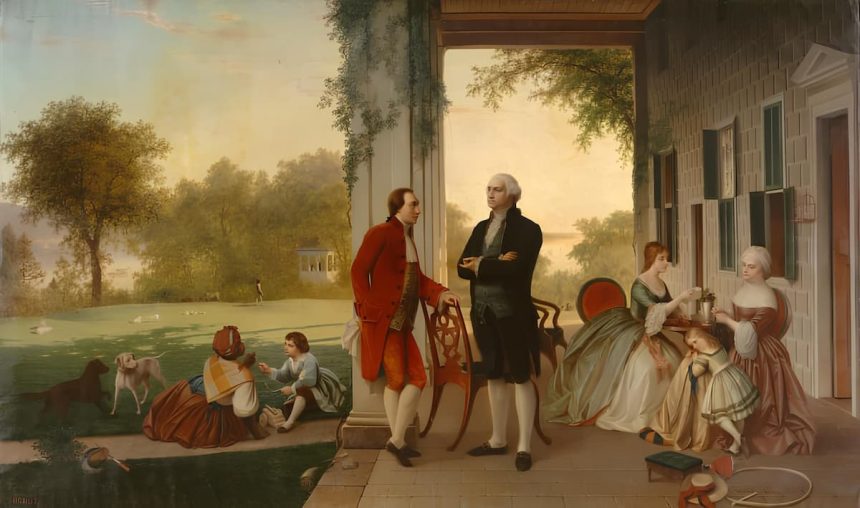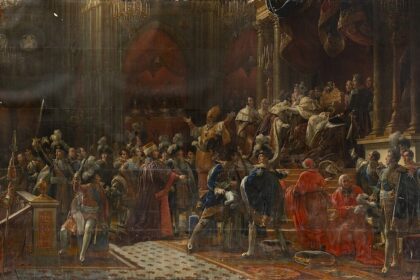Why Did France Take Part in the American Revolutionary War?
The decision to aid the American insurgents in the thirteen colonies was a decisive act in Louis XVI's foreign policy, as it led to the creation and recognition of the United States. By declaring war on England, France certainly hoped to regain Canada and Louisiana, which it had lost in 1763 at the end of the previous conflict






